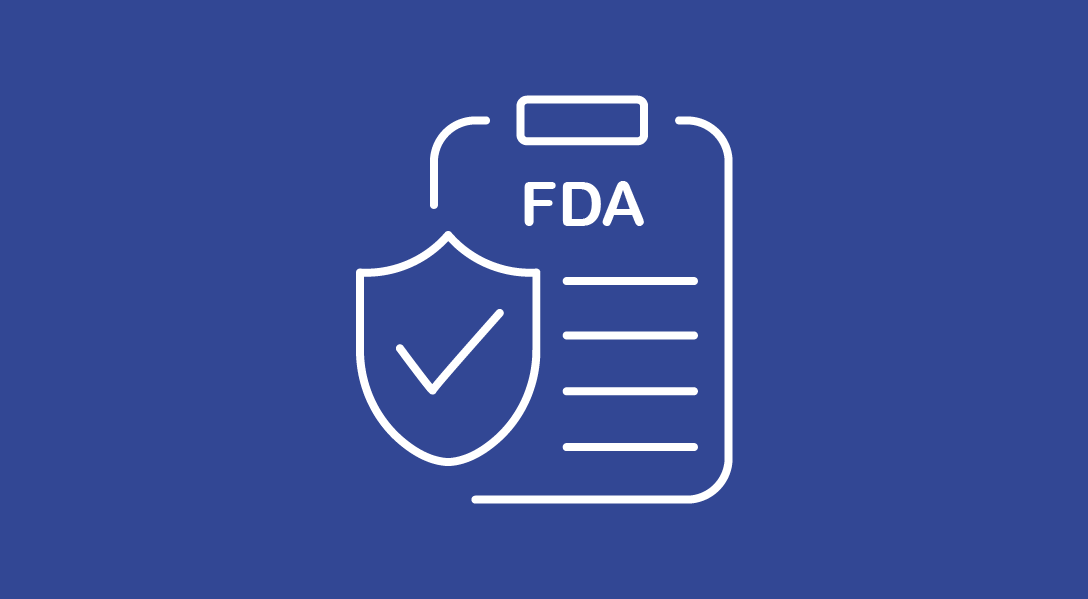FDA Issues Draft Guidance for Tissue Biopsies in Trials
The FDA has released draft guidance with recommendations on tissue biopsies in clinical trials for adults and children.
New draft guidance from the FDA and OHRP offers recommendations for using tissue biopsies in clinical trials.

Draft guidance from the FDA and Office for Human Research Protections offers draft guidance for incorporating tissue biopsies into clinical trials.1,2
The guidance is intended to assist industry, clinical investigators, institutions, and institutional review boards in understanding considerations for tissue biopsies in adults and children in clinical trials.
In adult and pediatric patients, the FDA advised that the following factors be considered when including biopsies as part of clinical studies: the purpose of the biopsies, the reason(s) for their inclusion, and the associated risks and their degrees.2 For higher-risk tissue sites, “alternative approaches to the biopsy should be considered and a strong scientific justification for the critical need for the biopsy in the clinical trial should be provided,” the FDA wrote.
“Tissue biopsies in clinical trials are often needed to determine eligibility or to understand the effect of the medical product being studied in the trial,” Richard Pazdur, MD, director of the FDA’s Oncology Center of Excellence and acting director of the Office of Oncologic Diseases in the FDA’s Center for Drug Evaluation and Research, stated in a news release.1 “This new draft guidance builds on the agency’s ongoing efforts to enhance clinical trials by providing recommendations to improve participant safety and further clinical research.”
In their draft guidance, the FDA encouraged clinical trial sponsors to discuss their product development plan, including the potential need for any biopsies, with the appropriate review division early in the development process.2 In adult patients, the FDA noted that including a required biopsy in the trial may be reasonable in relation to anticipated benefits if the information cannot be obtained from existing pathology specimens or other less invasive methods. The agency also stated that the study protocol should clearly state the scientific rationale for the inclusion of each biopsy in the trial.
The FDA noted that the statistical analysis plan of a trial should clearly outline how biopsy results will be analyzed when biopsy information is used in end point analyses; biopsies should also be optional when the information obtained from them is used in the evaluation of non-key secondary and exploratory end points. The agency also wrote that trial participants retain the right to withdraw consent to undergo a biopsy and declining optional biopsies should not affect participants in terms of trial enrollment.
Study investigators are responsible for protecting the rights and safety of trial participants by ensuring that informed consent is provided for biopsies; the informed consent document must include any foreseeable physical and informational risks.
In addition to all of the same considerations that should be weighed for adult patients, the FDA noted that in pediatric patients a biopsy and its associated procedures conducted only for research purposes that is not necessary for clinical management or routine care should be evaluated to discern whether it offers a direct benefit to the patient. If the biopsy is determined to offer the chance of a direct benefit, the risks should be justified by the anticipated benefit and the relation of the anticipated benefit to the risk should be at least as favorable to the patient as that of alternative approaches.
In the event the biopsy doesn’t offer a direct benefit, the risks should be minimal or a minor increase over minimal risk. If the biopsy doesn’t meet this threshold, it must be likely to attain knowledge about the patient’s disease that is of vital importance for the understanding or improvement of the disease. Factors that should be considered when determining the risk of a biopsy for pediatric patients include the potential for harm, invasiveness, frequency of the planned biopsy, and risks of any procedural sedation.
The FDA concluded their draft guidance by noting that institutional review boards must ensure that the permission of pediatric patient’s parent/guardians are granted as well as the approval of the patient prior to a potential biopsy. The permission form should outline any foreseeable risks, discomforts, and benefits to the patient.
References
- FDA issues draft guidance on including tissue biopsies in clinical trials. FDA. January 6, 2025. Accessed January 7, 2024. https://www.fda.gov/news-events/press-announcements/fda-issues-draft-guidance-including-tissue-biopsies-clinical-trials
- Considerations for including tissue biopsies in clinical trials; guidance for industry, investigators, institutions, and institutional review boards; draft guidance. FDA. January 6, 2025. Accessed January 7, 2024. https://www.fda.gov/media/184884/download


